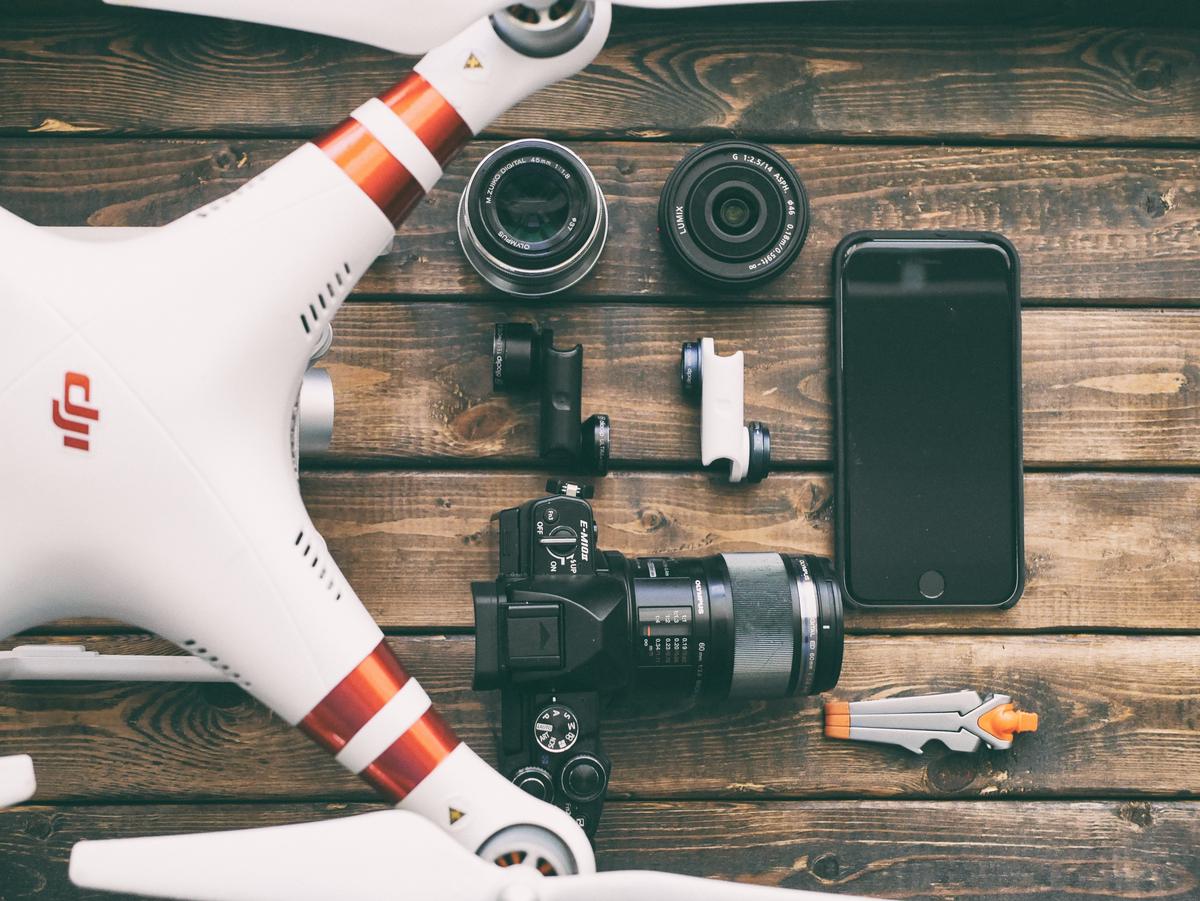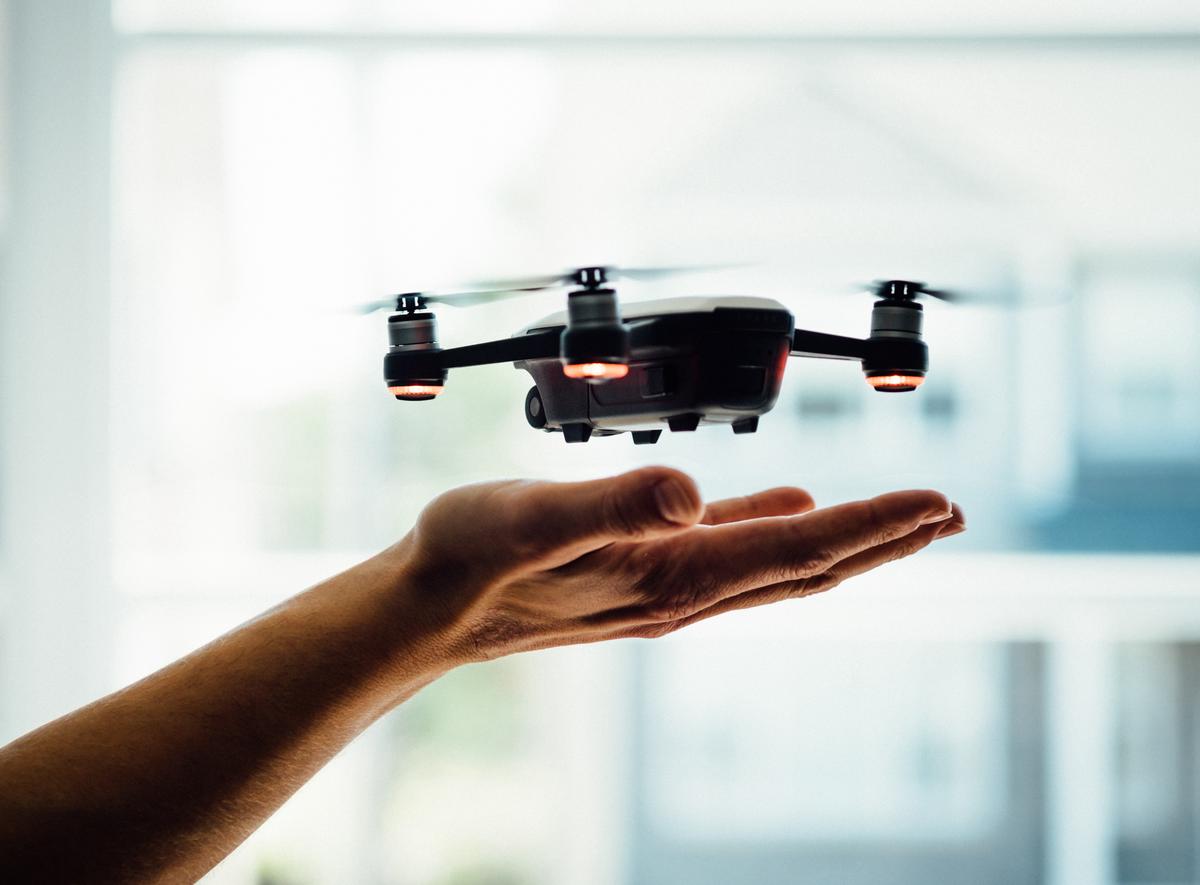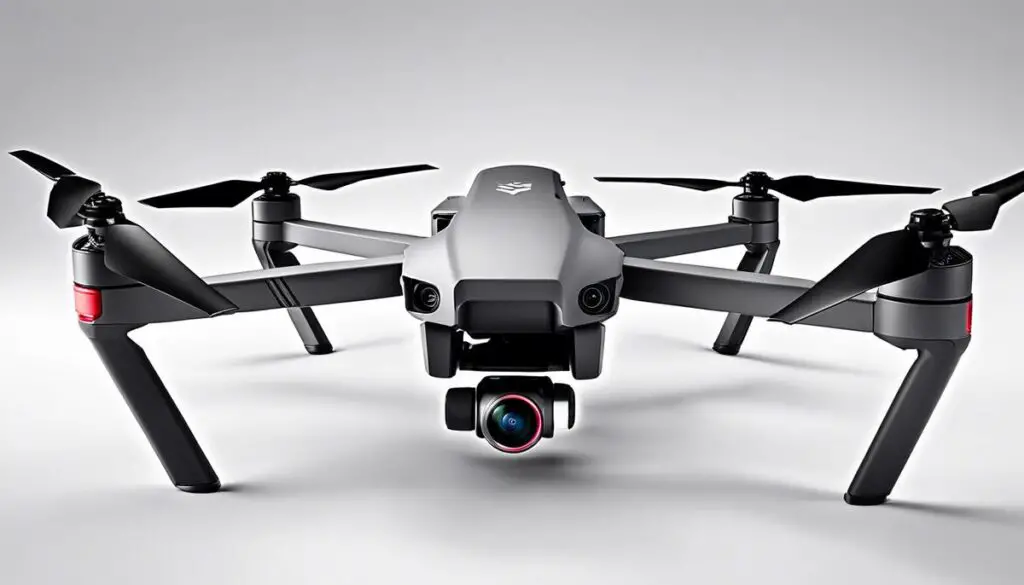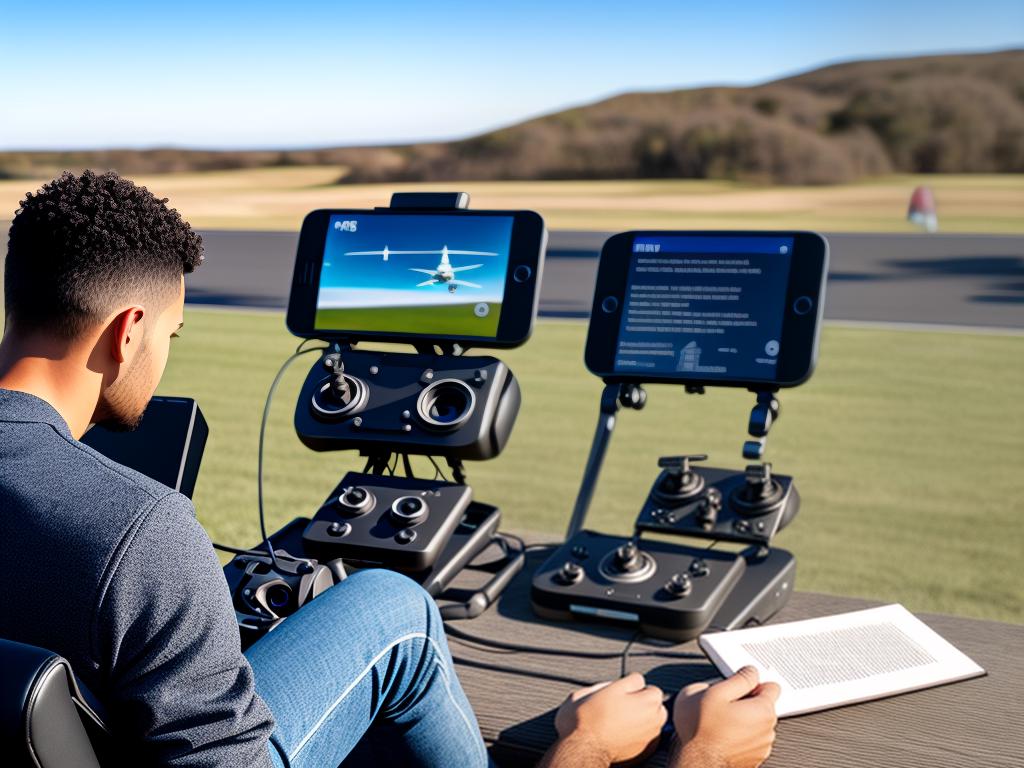As drone technology continues to evolve and democratize, so does the advent of sophisticated safety systems to ensure secure user experience. This paper explores the sophisticated design elements and activation process of DJI drone safety features, focusing on features such as obstacle detection and geofencing. It also delves into one of the most prominent safety measures; geo-awareness, that prevents drones from trespassing into restricted areas. Further, emphasis will be laid on the Return-to-Home (RTH) functionality, which is pivotal in safeguarding a drone by enabling it to automatically revert to its launch point under specific conditions. Lastly, we’ll traverse the realm of DJI drone’s Advanced Collision Avoidance Technology, a remarkable safety advancement that considerably mitigates the risk of in-flight damage.
Design & Activation of DJI Drone Safety Features
DJI drones consistently stand out for their robust safety features, presenting masterful engineering design to match their high-performance capabilities. Key to these features are the comprehensive geofencing systems, collision avoidance technology, and built-in automatic actions, ensuring users can fly these drones confidently while minimizing potential risks.
Geofencing systems are the first line of defense. These systems utilize GPS and other positional data to prevent drones from entering restricted airspace, such as airports, military bases, or other designated no-fly zones. The drone is programmed to halt or redirect if it approaches these virtual “fences,” offering a substantial protective measure. In addition to this, the drone boasts top-tier collision avoidance technology. DJI drones are equipped with advanced sensors on all sides – front, rear, left, right, and bottom – that can detect and avoid obstacles while in flight. This 360-degree awareness makes flight safer, especially in complex or densely populated environments.
Finally, DJI drones offer an automated safety net with automatic Return-to-Home (RTH) and battery monitoring features. The RTH function is triggered if the drone loses connection with the remote controller or if the battery is critically low. It autonomously follows a safe path back to its launch point, drastically reducing chances of crashes or lost drones. Meanwhile, real-time battery monitoring alerts users when battery levels are low, providing ample warning for safe drone retrieval. These proactive features reflect DJI’s commitment to safety, assuring users of a reliable, risk-managed flight experience.

Photo by phcsantos on Unsplash
Geo-Awareness & No-Fly Zones
Harnessing the power of geo-awareness, DJI drones take drone safety to an unprecedented level.
By being constantly aware of their geographical location, these high-tech devices can automatically avoid areas that are potentially dangerous or legally restricted.
This is especially crucial in scenarios where flying a drone may be hazardous or in violation of regulatory laws, for instance, near airports or in heavily populated city centers.
Geo-awareness ensures that the pilot maintains control in a safe zone, mitigating the risk of accidental intrusion into no-fly zones.
The integration of No-Fly zones in DJI drones is yet another safety measure that contributes significantly to the containment of drones within permissible areas.
These No-Fly zones are predefined areas where flying a drone is severely restricted, or in some cases, outright banned.
DJI’s drone software is programmed to recognize these zones, enabling the drone to stay within acceptable parameters.
The value in this feature is found in situations like wildlife reserves or areas of security concern like military bases where unauthorized drone activity may be problematic.
Together, Geo-awareness and No-Fly zones are transforming drone technology, making it safer, smarter, and more adaptable to varying environments.
The ability of the DJI drone to navigate based on its location is fundamental in promoting a safer drone culture, and fostering responsible drone use in an increasingly crowded airspace.
Crucially, it is how these systems synergize that showcases the true potential of innovative drone technology for the future.

Photo by aaronburden on Unsplash
Return-to-Home (RTH) Functionality
The Return-To-Home (RTH) feature in DJI drones is a remarkable piece of tech that acts like a cybernetic homing beacon for your device. When activated, be it due to loss of control signal or battery level reaching a critical low, the drone stops all ongoing operations and takes a straight line back to the designated ‘home point.’ This home point is generally determined at the start of each flight and is often the takeoff location. The RTH feature ensures the safety and recovery of your drone when situations go haywire, effectively making the device more reliable and user-friendly.
However, the RTH is not just a fallback function. It’s a complex process built around the drone’s Global Positioning System (GPS) capability. Once activated, the drone first ascends to an adequate height – protecting it from potential obstacles – and then proceeds directly to the home point using its GPS data. This path is generally the safest as it avoids obstacles that were not there at the start of the flight. Once within 20 meters of the home point, the device descends slowly while checking for obstructions on its path. As you can see, this feature extends the drone’s autonomous capabilities and provides peace of mind to the user by ensuring the drone’s safe return even in unforeseen circumstances.
RTH isn’t a mere convenience feature; it’s a crucial factor in securing your DJI drone and enhancing its capabilities. It bridges the reliability gap between user control and autonomous flight, reinforcing the credibility of drone technology, and endorsing the potential of autonomous machines. While allowing for adventurous and exploratory use of the drone, it acts as a safety net that ensures the return and safety of the device, regardless of the situation. The RTH feature is a robust addition to the comprehensive list of safety features that come with DJI drones, further establishing DJI as a trailblazer in drone technology.

Advanced Collision Avoidance Technology
Delving deeper into the intricate workings of DJI drone’s advanced collision avoidance technology, it is evident that the core of this feature lies in its elaborate system of sensors.
A complex array of forward, backward, and downward dual vision sensors coupled with an advanced auxiliary light make the drone adept at sensing obstacles even in various lighting conditions. This intricate machinery, coupled with an impeccable ability to process immense amounts of data in split-seconds, allows the drone to adjust its course swiftly and avoid a collision.
The technological brain behind DJI’s unrivaled collision avoidance system is its robust FlightAutonomy system. This ingenious system utilizes advanced VIO technology, integrated IMU redundancies, and a set of intelligent compute cores to strategically navigate the drone around obstacles.
Through its inherent visual inertial odometry, the drone is capable of generating a 3D map by continuously tracking its relative movement using its built-in cameras and a host of high-end sensors. Calculating and re-routing a safe path becomes no more than coherently piecing together the information being fed into the system.
Ultimately, the collision avoidance technology incorporated into DJI drones isn’t just about avoiding obstacles, but inventively maneuvering around them.
This embodies the unique fusion of precision and adaptability, matched with an indomitable spirit of innovation. It is this thoughtful blend of technology that confirms DJI’s commitment to providing a safer, smarter, and more streamlined drone experience.
Not only does it maintain DJI’s status as a pioneering force in drone technology, but also mirrors the evolving paradigm of tech enthusiasts worldwide – being all about automation, precision, and utmost efficiency.

DJI has consistently proven to be at the forefront of drone safety technology, and the discussed topics provide an insight into the incredible innovations tie into their products. The integration of various safety features, such as obstacle detection, geo-awareness, RTH functionality, and Advanced Collision Avoidance Technology, does not merely improve the drone’s performance but also significantly reduces the risk of accidents, thereby fostering a safer user experience. To fully appreciate these advancements, it’s essential not just to understand what these features do but also how to activate and effectively use them. In an age where drones are expanding beyond hobbyist use and into commercial and societal applications, such advances in safety technology are not a luxury but a necessity.
Originally posted 2024-01-06 01:05:14.




